2026 Dodge Charger Sixpack: Are Six Cylinders Enough or Does It Need a V-8?

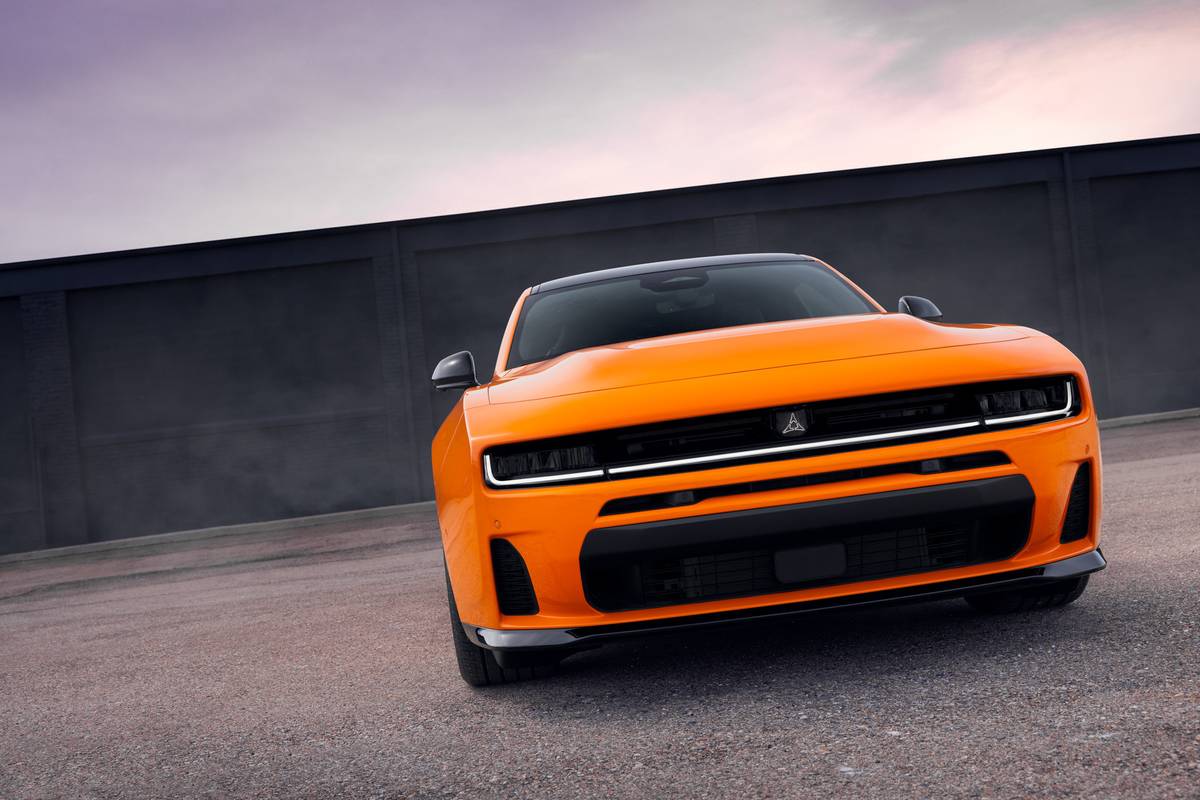
When Dodge ended production of its gas-engine Charger sedan and Challenger coupe after the 2023 model year, the all-new 2024 Dodge Charger Daytona was already set to assume the mantle of those two throwback-style muscle cars and inaugurate a new generation of Dodge muscle.
Related: 2026 Dodge Charger: Jumpin’ Sixpack, It’s a Gas, Gas, Gas!
The catch was that the Charger Daytona is an electric vehicle, and the very idea of a heritage-themed electric muscle car — even one with impressive performance numbers — has gone over like a lead-acid zeppelin with tradition-bound Dodge muscle fans. The Charger Daytona hit the market with a resounding thud when it launched at the tail end of 2024, but Dodge hedged its bets by engineering the new Charger’s platform to accommodate parent-company Stellantis’ Hurricane straight-six engines, too.
Dodge has now released detailed info and specs on the soon-to-arrive six-cylinder-powered Charger, the 2026 Dodge Charger Sixpack, but the elephant in the room might still be the elephants Dodge enthusiasts wish were in the room: Stellantis’ family of Hemi V-8s. The automaker has already brought back the Hemi V-8 as an extra-cost option in the 2026 Ram 1500 pickup trucks and made the 2026 Dodge Durango SUV lineup V-8 only. And while it previously said the new Charger’s platform wasn’t engineered to accommodate the Hemi V-8s, recent reports have indicated Stellantis might be working to make the V-8 fit.
At this point, a new V-8-powered Charger is still speculation, but it’s at least a possibility. With that in mind, let’s take a look at how the new Charger Sixpack compares to the recently departed V-8 Chargers.
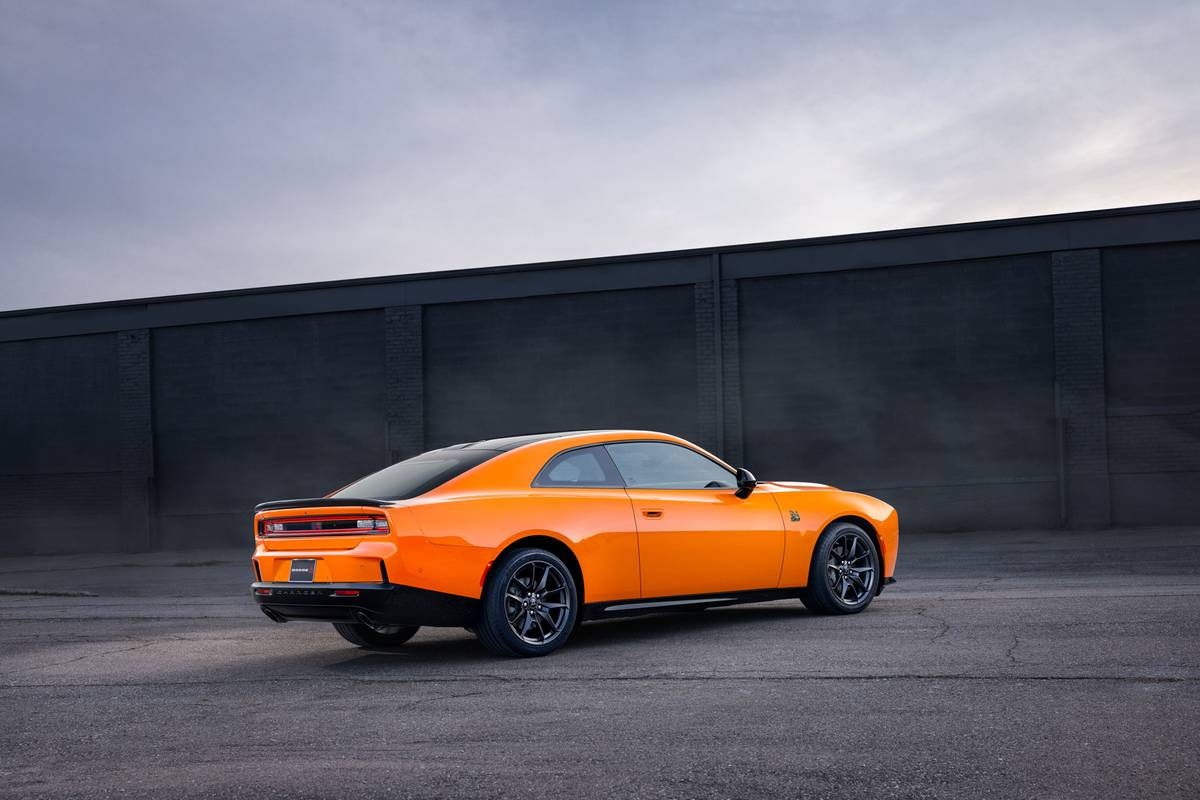
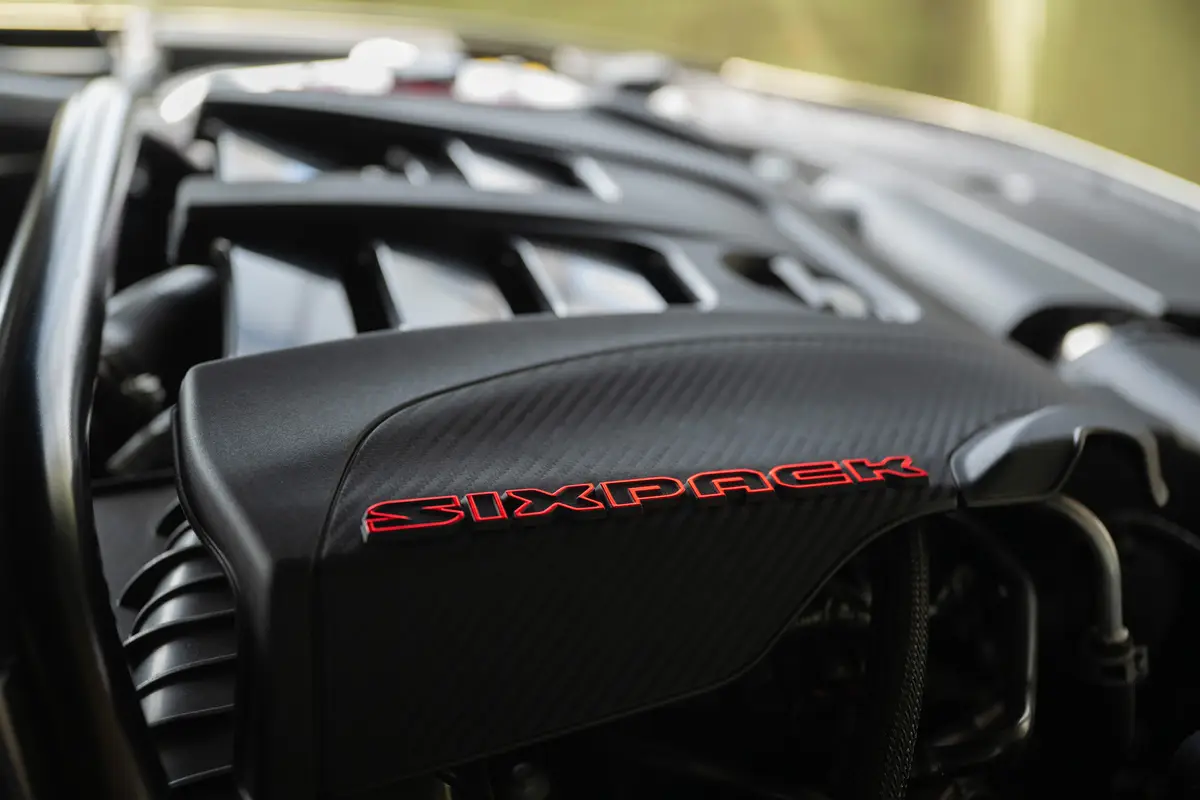
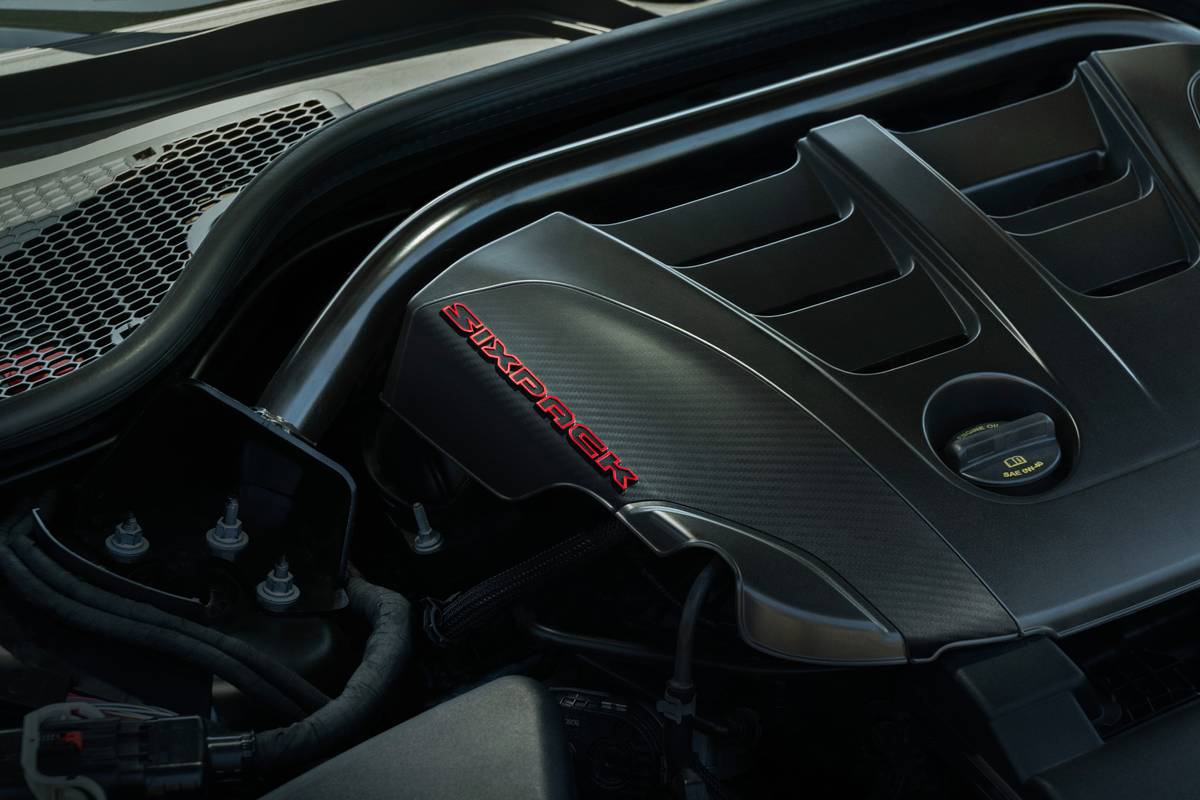
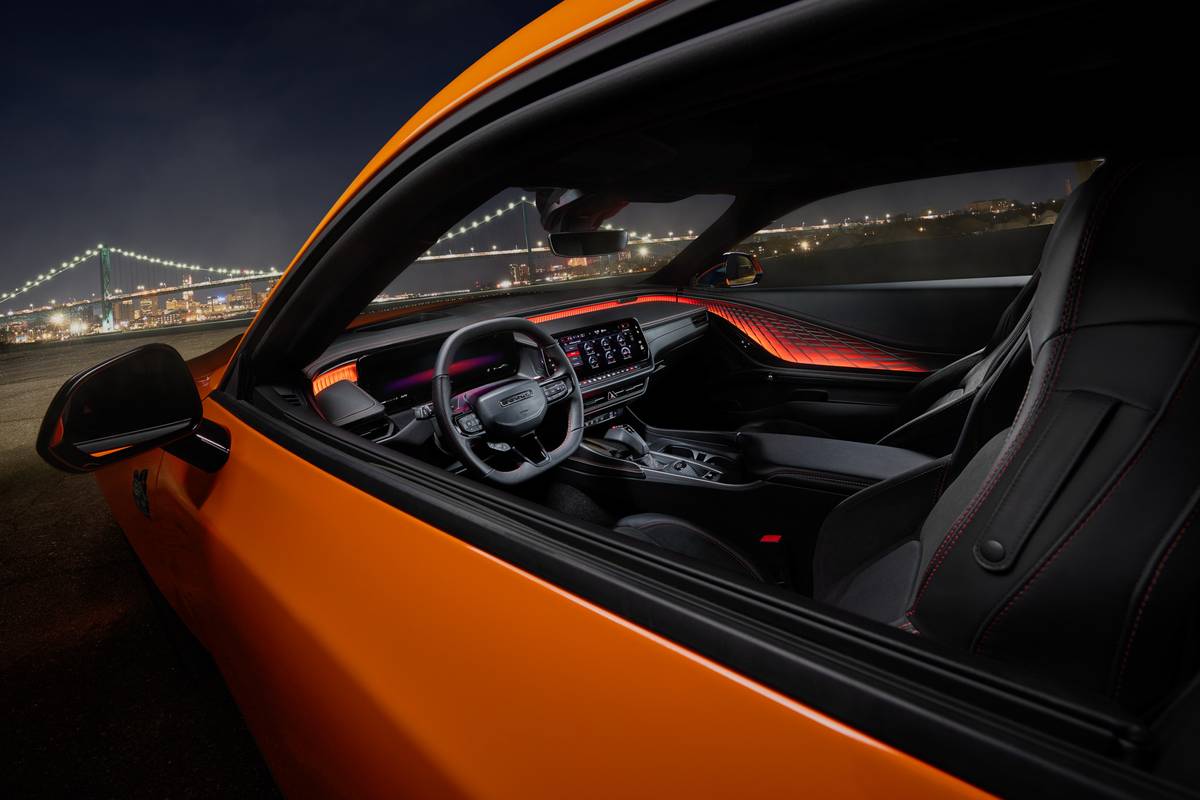
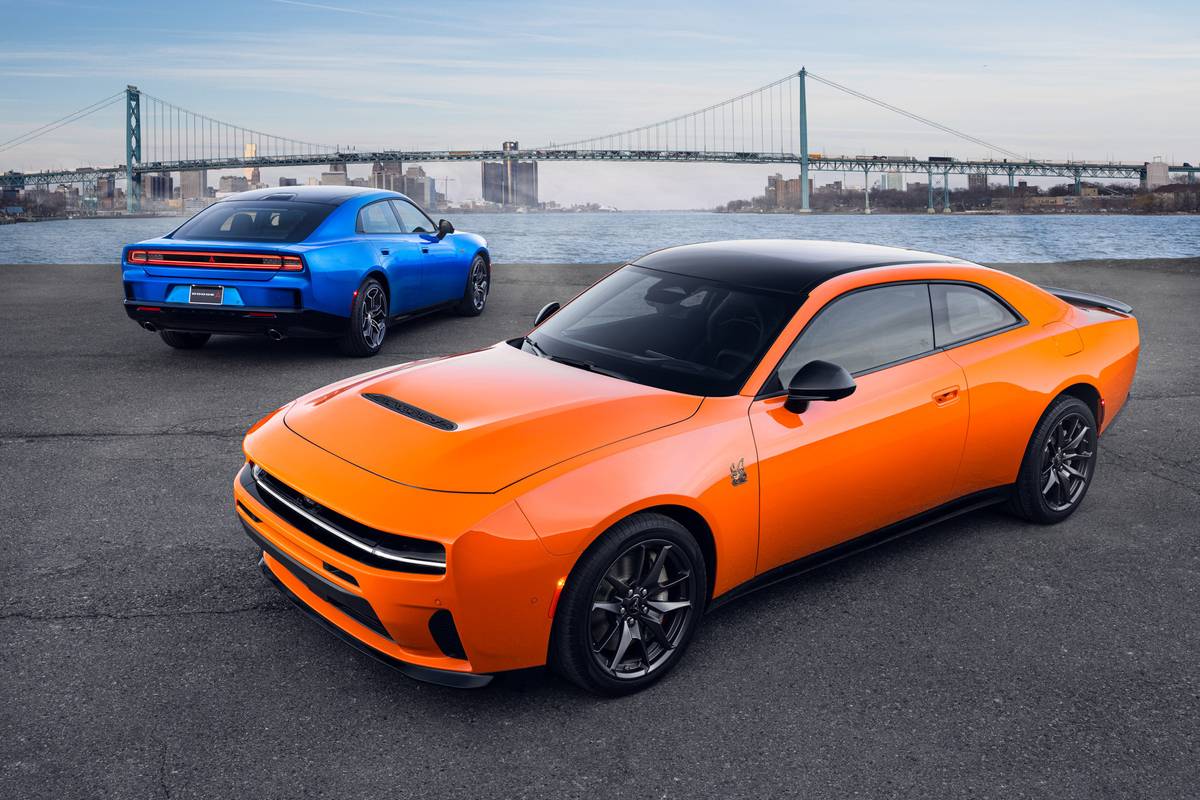





How Do the Six-Cylinder Engines’ Specs Compare to the Previous V-8s?
The chart below compares the new 2026 Chargers with their 2023 Hemi V-8-powered predecessors. All of these engines are paired with an eight-speed automatic transmission (some versions of the Challenger offered a six-speed manual transmission, but that gearbox is highly unlikely to return). We’re comparing only horsepower and torque numbers here, as Dodge hasn’t released the Sixpacks’ estimated fuel-economy numbers yet.
| 2026 Dodge Charger Sixpack R/T | 2026 Dodge Charger Sixpack Scat Pack | 2023 Dodge Charger R/T | 2023 Dodge Charger Scat Pack | 2023 Dodge Charger SRT Hellcat | |
|---|---|---|---|---|---|
| Engine | Standard-output twin-turbo 3.0-liter inline-six | High-output twin-turbo 3.0-liter inline-six | 5.7-liter V-8 | 6.4-liter V-8 | Supercharged 6.2-liter V-8 |
| Horsepower | 420 | 550 | 370 | 485 | 717, 797 or 807, depending on version |
| Torque (pounds-feet) | 468 | 531 | 395 | 475 | 650 or 707, depending on version |
RWD Vs. AWD
To many purists, a muscle car can only be rear-wheel drive; all-wheel drive or (gasp!) front-wheel drive just don’t cut it. All V-8-powered 2023 Chargers came only with RWD. All 2026 Chargers will come standard with AWD (so far, at least), but the system includes a rear-drive mode that sends 100% of the power to the back tires for traditional muscle-car burnouts and the like. The wet-clutch transmission can also automatically decouple the front wheels (depending on driving conditions) to eliminate parasitic driveline loss in an effort to boost fuel economy (if you care about that).
Read More About the Dodge Charger:
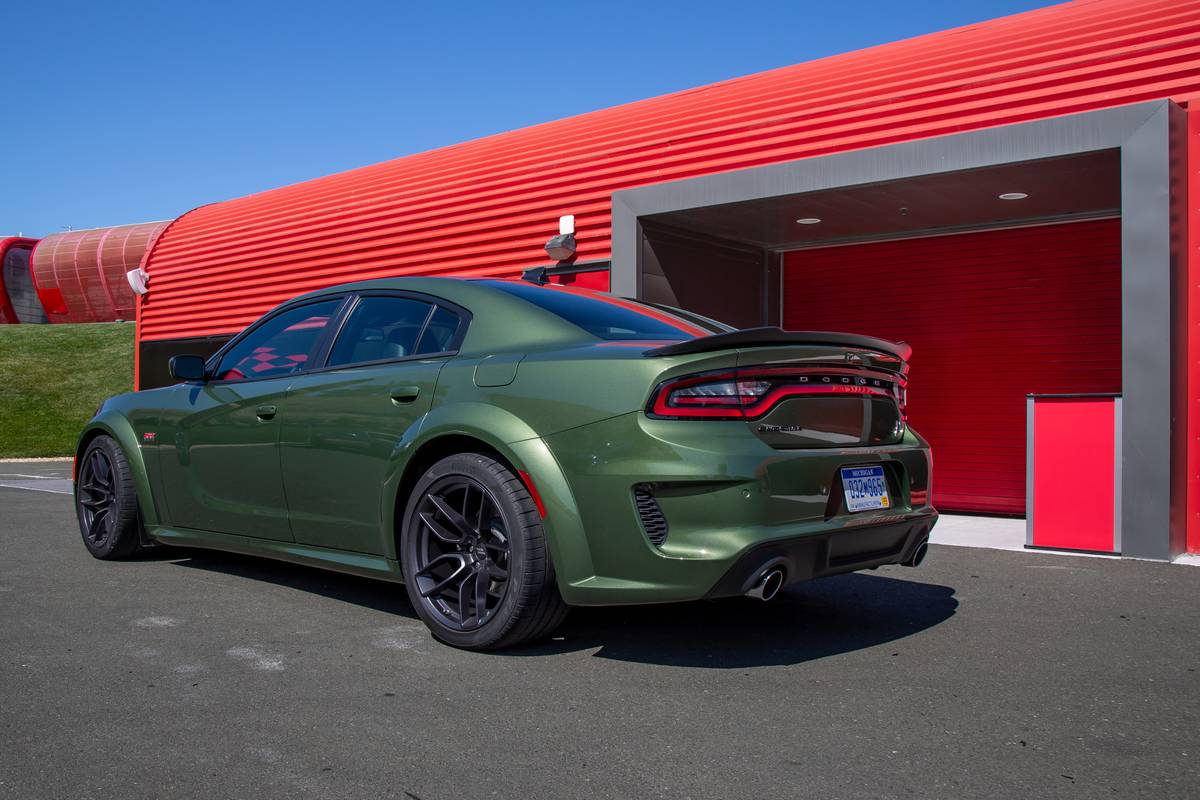


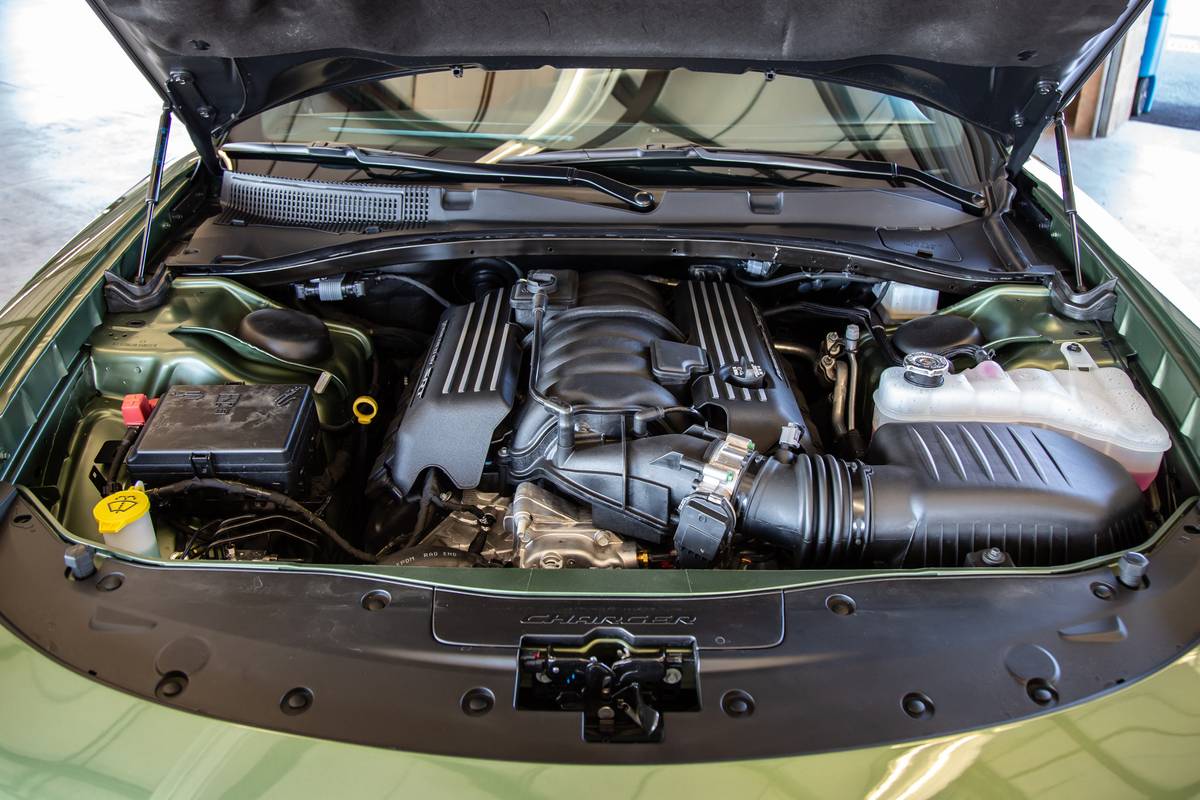
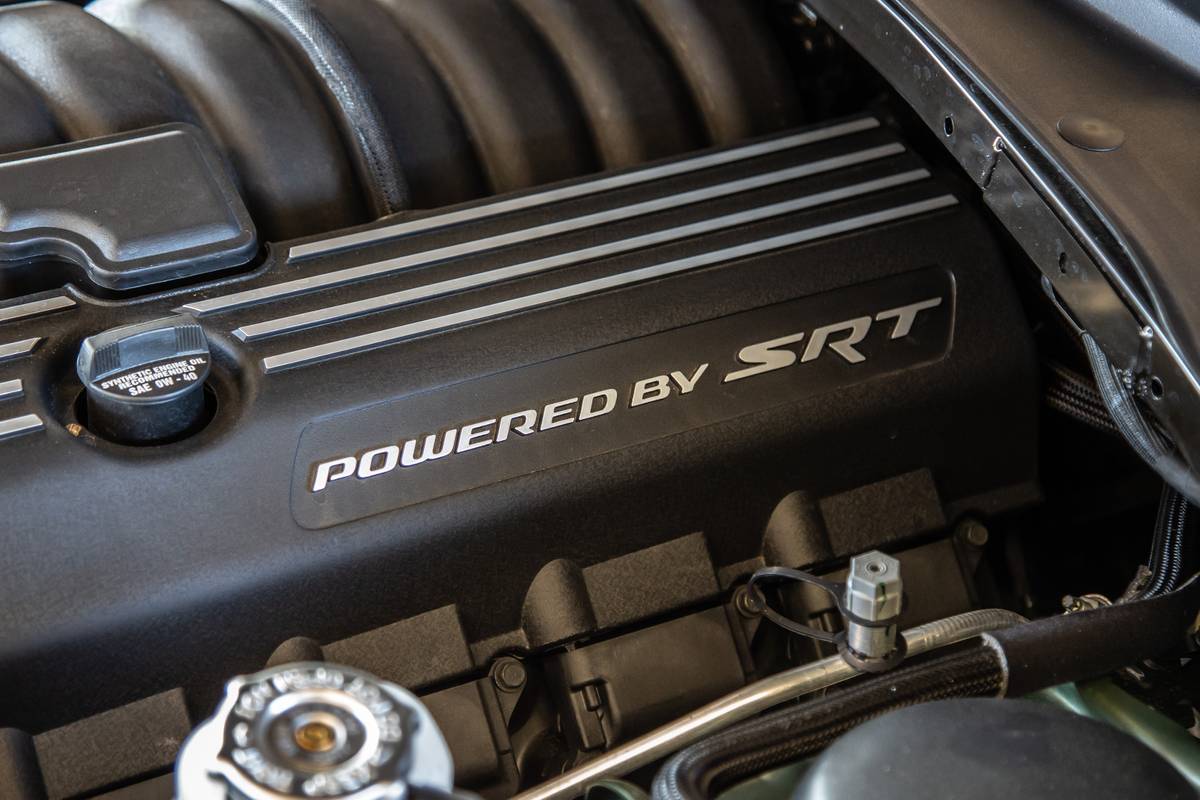
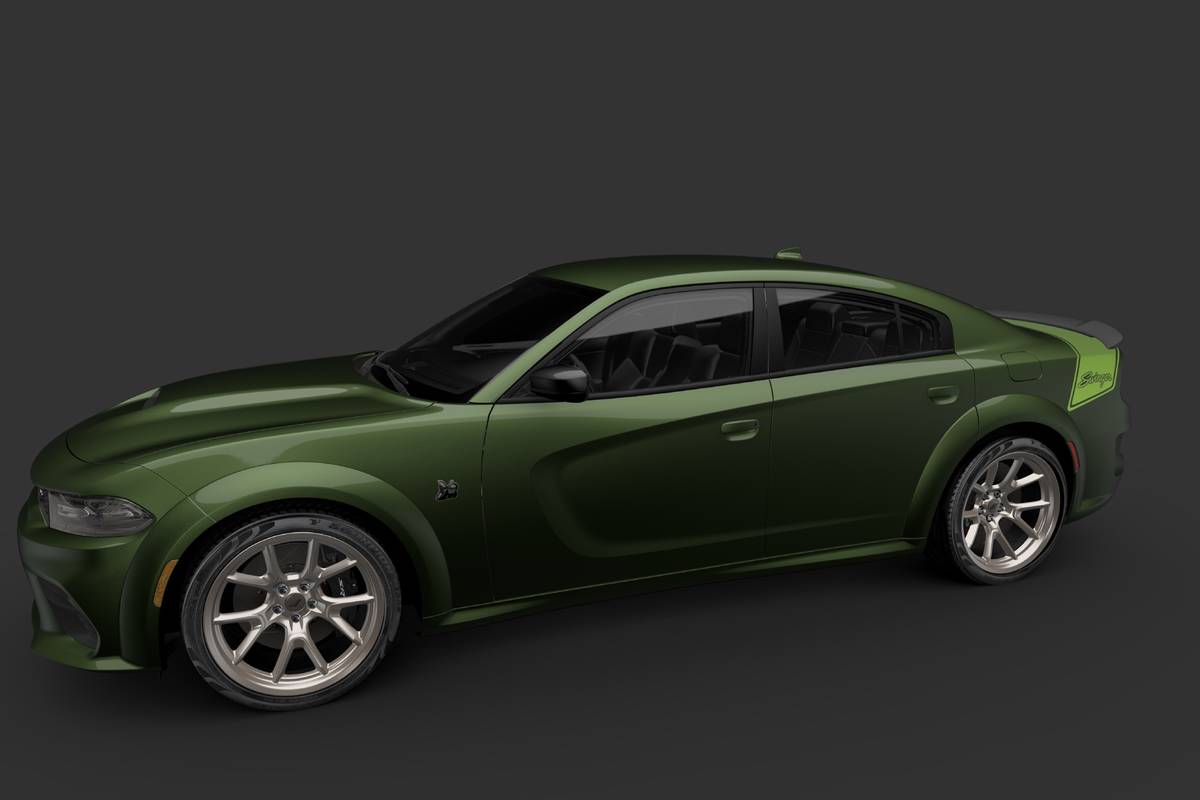






How Will the Sixpacks’ Performance Likely Compare to the V-8s?
Dodge hasn’t released performance estimates on the base Sixpack R/T yet, but it says the Sixpack Scat Pack version can blast from 0-60 mph in 3.9 seconds, cover the quarter-mile in 12.2 seconds and top out at 177 mph — all more-than-respectable stats. At Cars.com, we’ve drag-strip-tested plenty of Hemi-powered Chargers and Challengers over the years, including a 2015 Charger R/T Scat Pack, 2016 Challenger R/T Scat Pack and 2021 Charger SRT Hellcat Redeye. Those previous Scat Packs ran in the mid to high 12s in the quarter-mile, so if Dodge’s numbers are legit, the new Sixpack Scat Pack should best its predecessors by at least a couple of tenths or so.
With proper tires and prep, the Sixpack Scat Pack might even be able to hang with the limited-edition, drag-strip-optimized 2019 Challenger R/T Scat Pack 1320 we tested, which managed a quarter-mile run of 11.86 seconds. That’s still not in the realm of the top-dog Challenger and Charger SRT Hellcat models, which cracked into the high 10s in our testing, but those cars also commanded a price premium of around $30K or more over a Scat Pack.
Many muscle-car fans value straightline acceleration over cornering prowess, and the previous Charger and Challenger followed those priorities. Though they acquitted themselves OK on a road course considering their size and heft, they were clearly happiest at a drag strip. Based on Dodge’s preliminary specs and our test of the 2024 Dodge Charger Daytona EV, the new Charger Sixpack won’t deliver any major gains on the handling front. The Charger Sixpack’s spec sheet (which doesn’t differentiate between the coupe and sedan) lists a base curb weight of 4,816 pounds. That number is roughly 1,000 pounds lighter than the downright porky Charger Daytona EV’s, but it’s notably heftier than that of the V-8-powered 2023 Chargers, which ranged from 4,273 (R/T) to 4,594 pounds (SRT Hellcat).
How Does the Sixpack’s Pricing Compare to the Previous V-8 Chargers?
Here’s how the 2026 Charger Sixpack’s pricing stacks up against 2023 V-8 Chargers:
2026 Dodge Charger Sixpack (Prices Include $1,995 Destination)
- R/T: $51,990
- Scat Pack: $56,990
2023 Dodge Charger V-8s (Prices Include $1,595 Destination)
- R/T: $46,660
- Scat Pack: $53,520
- SRT Hellcat: $87,360
- SRT Hellcat Redeye: $94,965
If you want a four-door Charger Sixpack sedan instead of a coupe, that’ll cost you an additional $2,000 on either trim. Even with that, the new Sixpack Scat Pack’s sticker price is within spitting distance of the old ones once you factor in a few years of inflation, and the new car features a classier, more up-to-date interior and a lot more standard equipment to boot.
The order books for the 2026 Charger Sixpack Scat Pack coupe will open soon, with deliveries slated for the second half of 2025. The R/T coupe and sedan and Scat Pack sedan are scheduled to follow in the first half of 2026.
- ${price_badge()}
- ${ami_badge()}
- ${battery_badge()}${ev_report_link()}
- ${hot_car_badge()}
- ${award_badge()}
- ${cpo_badge()}
${price_badge_description}
${ami_badge_description}
The EV Battery Rating is based on this vehicle's current expected range relative to the vehicles expected range when new. ${battery_badge_text}
This vehicle is certified pre-owned, backed by a manufacturer warranty, and typically undergoes a rigorous multi-point inspection to ensure quality and reliability.
This vehicle is currently in high demand given its competitive price, desirable features, and overall condition, and may have a higher chance of selling quickly.
Shop the 2023 Dodge Charger near you
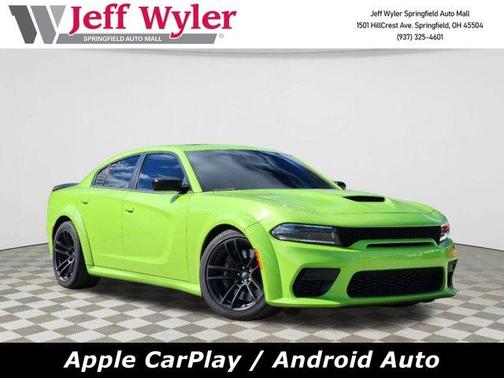
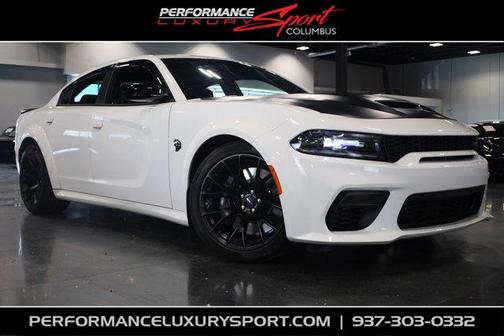
Is a V-8-Powered Charger a Necessity?
From a strictly rational standpoint, the Charger Sixpack is a clear step above its recently departed V-8 counterparts. Rationality applies even less to muscle cars than it does to full-size pickup trucks, however. Even though the 2025 Ram 1500’s versions of these six-cylinders outclassed the Ram’s Hemi in both performance and fuel economy, substantial numbers of potential customers decried the cancellation of the V-8, and sales dropped accordingly. The Ram got its Hemi back for 2026 — as an option that tacks on almost $3,000 while continuing to trail the Hurricane sixes in power and efficiency.
Muscle cars are about character and attitude almost as much as they are about actual performance numbers; the rumble of a brawny V-8 is likely irreplaceable for a good number of diehard buyers. For those folks, a V-8-powered Charger is indeed a necessity, but for the rest of us, the potent (and almost certainly more affordable) sixes should do just fine.
Related Video:
Cars.com’s Editorial department is your source for automotive news and reviews. In line with Cars.com’s long-standing ethics policy, editors and reviewers don’t accept gifts or free trips from automakers. The Editorial department is independent of Cars.com’s advertising, sales and sponsored content departments.

Senior Research Editor Damon Bell has more than 25 years of experience in the automotive industry, beginning as an Engineering Graphics researcher/proofreader at model-car manufacturer Revell-Monogram. From there, he moved on to various roles at Collectible Automobile magazine and Consumer Guide Automotive before joining Cars.com in August 2022. He served as president of the Midwest Automotive Media Association in 2019 and 2020.
Featured stories



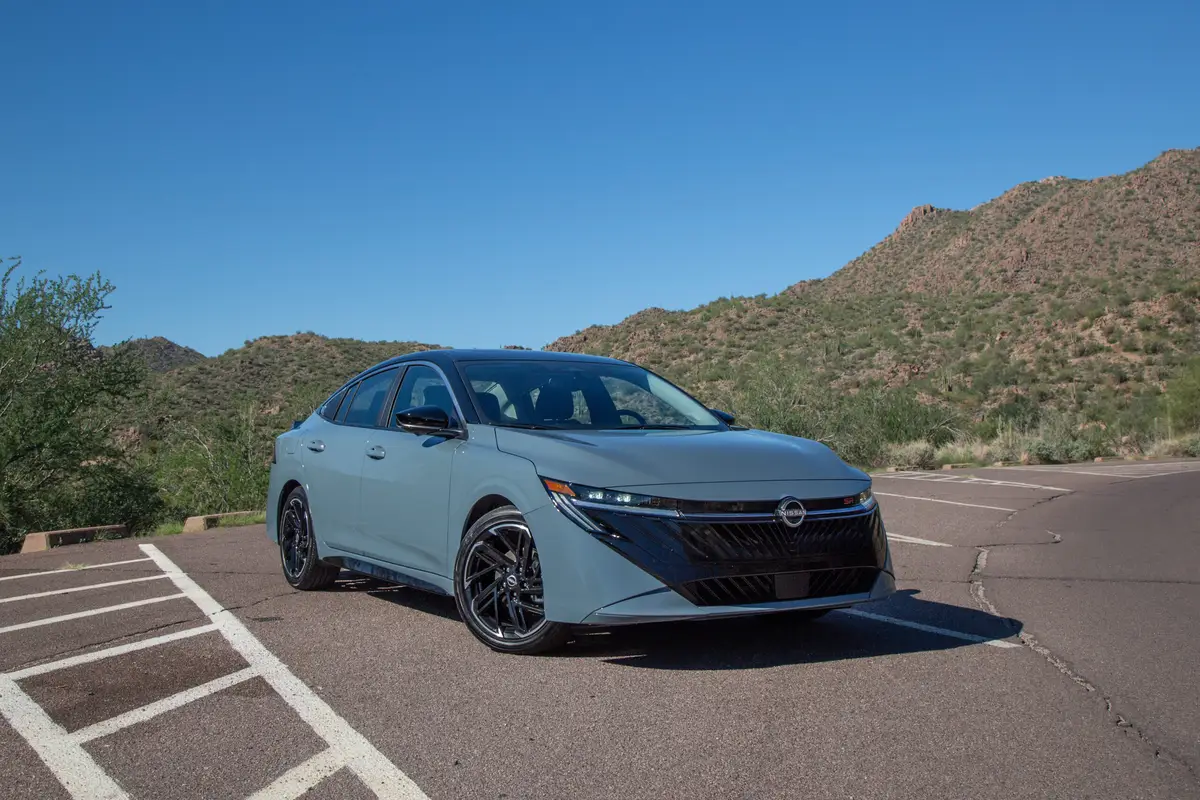
2026 Nissan Sentra Review: Long Live the Sedan






